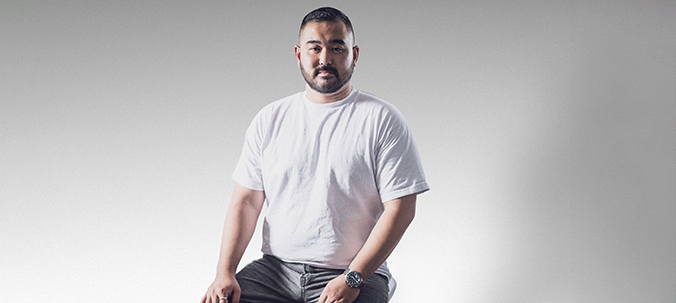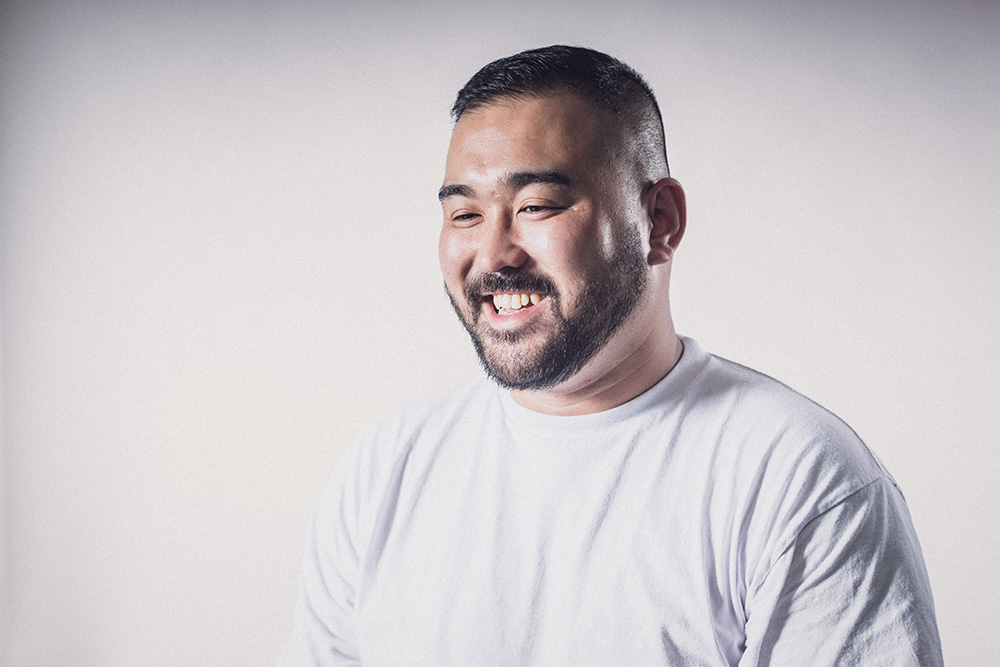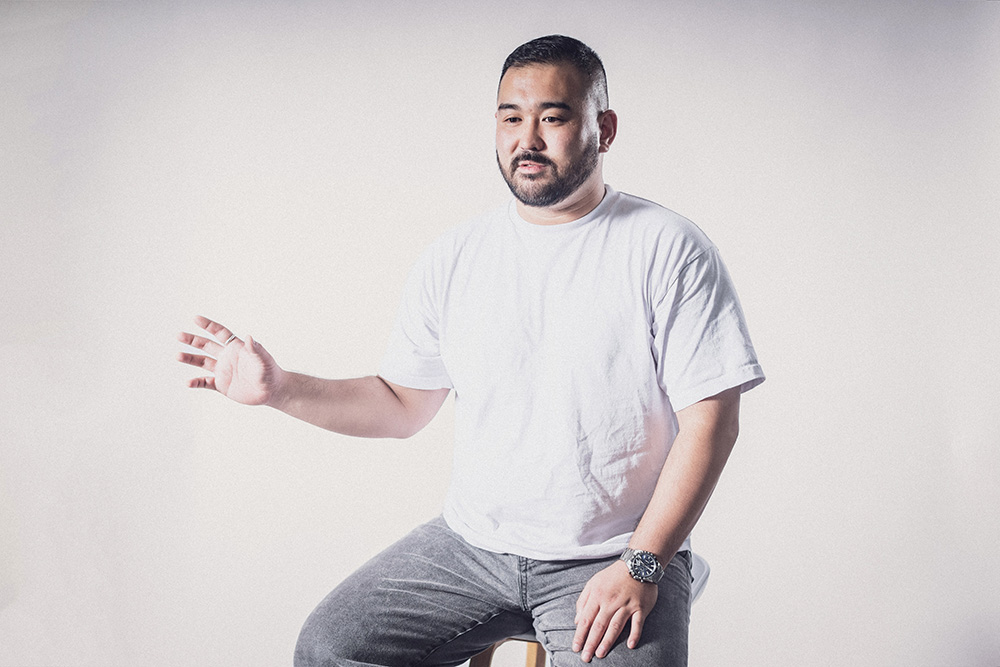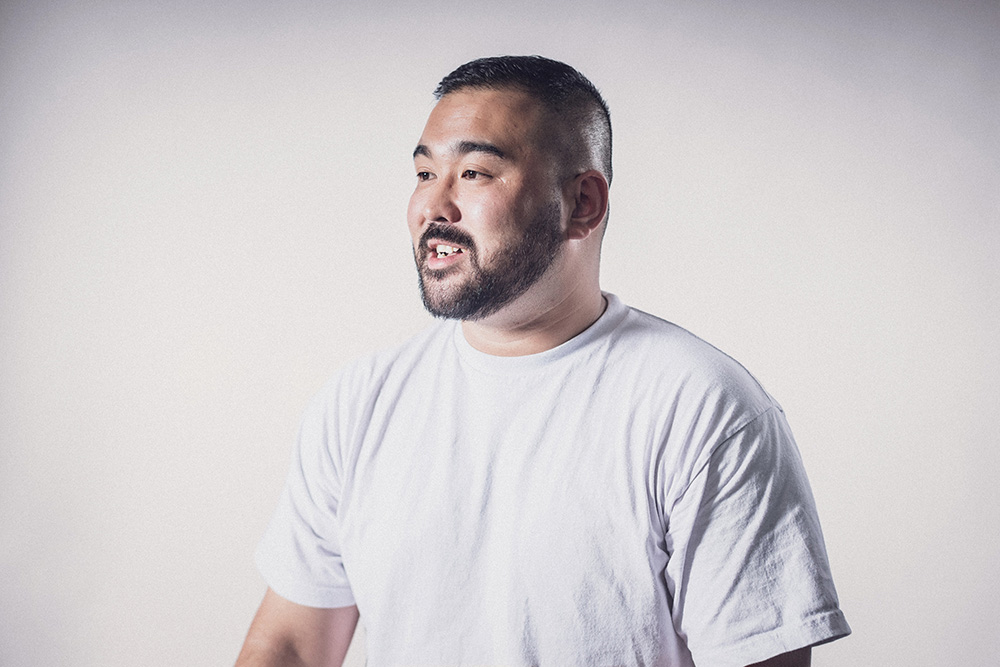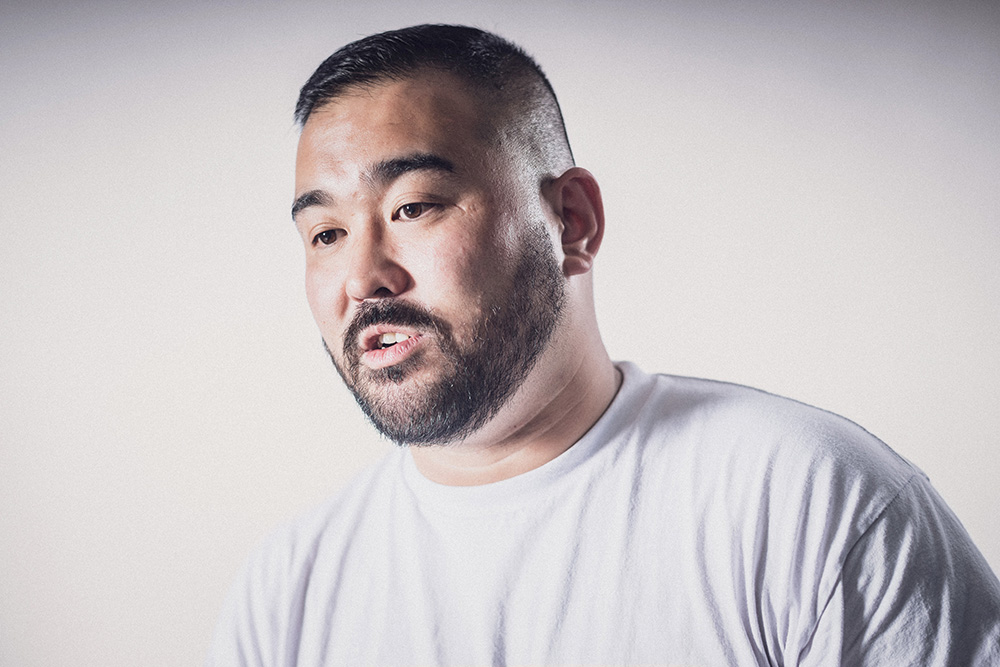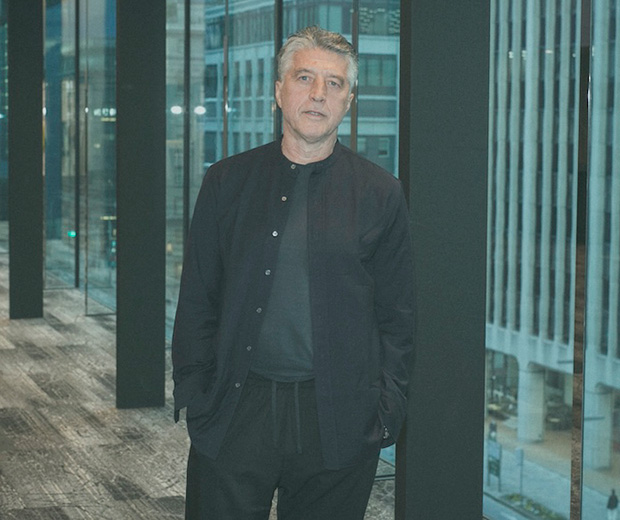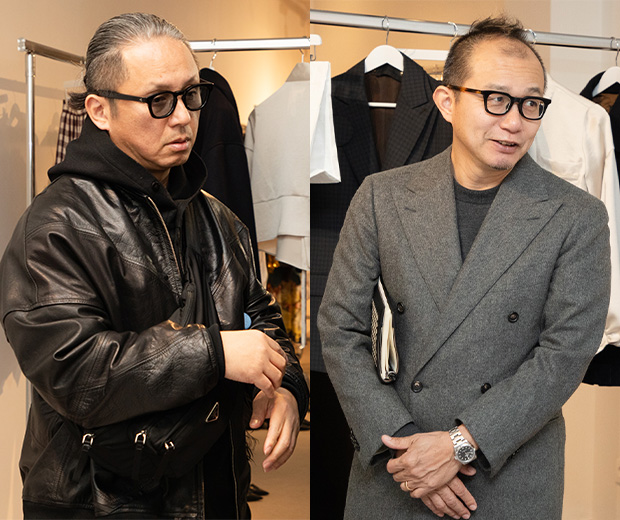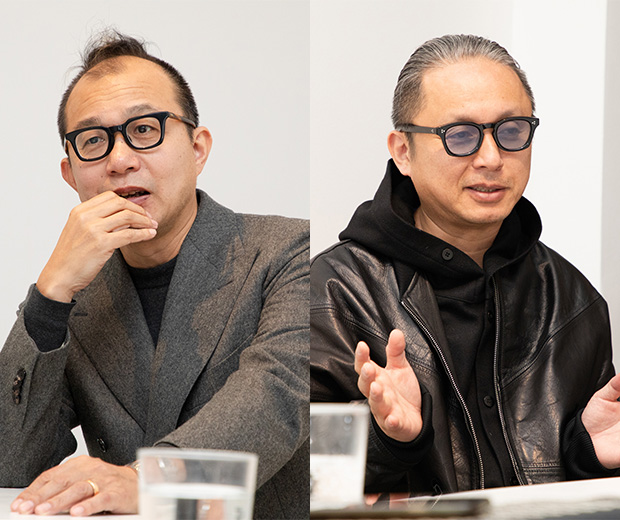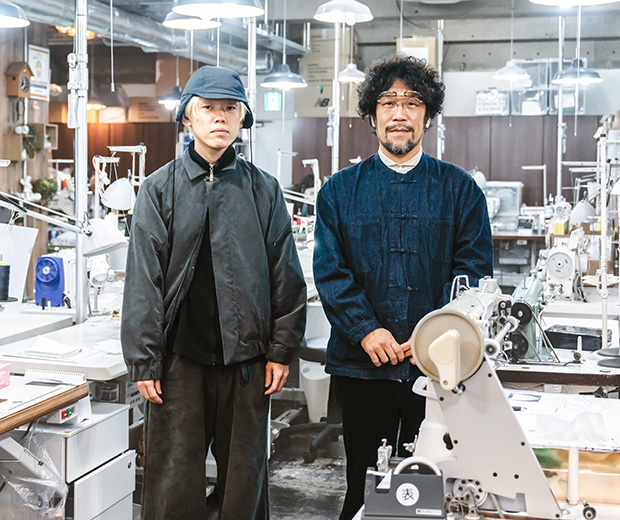TOMO KOIZUMI
“TOMO KOIZUMI”, a brand representative of Japan as a unique existence. This brand who has presented at Rakuten Fashion Week TOKYO for three seasons up to now, is showing brilliant success in 2023, presenting at Tokyo, Milan, Paris, and Singapore. We spoke to the designer of this brand, Mr. Tomotaka Koizumi, whose movements are gathering attention around the globe, on the brand’s road up to now and its future.
Presently, your title reads designer and studio artist. Since when have you started to introduce yourself as a studio artist?
Studio artist may be an unfamiliar word to the Japanese, but it stands for artists who create paintings and/or 3D works that are exhibited at galleries and such. Originally, I introduced myself as a dress designer, but I also started to paint, and so recently, I’ve began to introduce myself as also being a studio artist. It is my wish to create pieces that exist in between the borderlines of art and fashion, such like the pieces I presented at Paris in September. Although I am situated in the fashion industry, I don’t think my existence is that of the royal road of fashion, but rather, that of an alternative. Whether in fashion or art, I am presently in the process of seeking my own unique style of being active, while creating expressions with high impact.
Fashion and art, are there any differences in production?
At first, I started, strongly consciousness of “this is how art should be”, but ever since I realized that I should face art along the extension of how I’ve always been, the difference in production between fashion and art may have dissipated. If the idea that handmade dresses can have value as art spreads through my activities, that would be great. I have the feeling that both fashion and art are often not appraised properly. For example, despite the fact that a dress or piece of clothing is created through hours of painstaking work, filled with complicated craftsmanship, just because it is fashion, because it is a utility goods or design, there are people in the art industry who claim fashion does not have any worth beyond its price tag, or even if a painting or sculpture is a quickly whipped up cheap knock-off, just because it is called art, it is traded at absurd prices. I would like to raise the question of why the value of something changes so drastically just because of a difference in category. The collection I presented in September was created with the hope to share it as a process to contemplate such questions with everyone. Combined with historical backgrounds, as fashion of the 70’s, 80’s are being reappraised as masterpieces today, it is a world in which the value of a thing existing today cannot be decided upon today. Because things are properly appraised after the passing of time, the answer to my question cannot be answered immediately, but as a person of interest, it is my intention to continue carrying an awareness towards this issue.
What meaning does “fashion” hold for you?
For me, “fashion” and “clothes” are different from one another. In creating the fashion I create, I face it with the hope that it is a piece of art which can be worn, something beautiful. I think it is ok that the things I make have different meanings from the things I wear.
What do you think is the forte of your brand?
Its eye catchiness at first glance, and fun outlook which does not require any explanation. Whether it’s art or fashion, I think there are things which are recognized only through a professional-ish preliminary knowledge, but I myself am attracted to things which grab me by the heart in a glance, so I aim at instinctive expressions and/or finishes with margins for the wearer to think for themselves.
Have you ever felt difficulty down the road in continuing your brand?
Difficulty in creating is inevitable, and it’s only natural that there are difficulties, but I have continued to create under the wish to continue creating beautiful things. There have been all sorts of difficulties in my career, but the most difficult time and decision I’ve had to make was turning down the heavy demands of creating RTW after the collection presentation at N.Y., because I felt, “it’s not for me”. I sought advice from many people, reflected upon past designers who disappeared despite having talent, but in the end, I decided I was at a timing at which I needed to protect myself, and mustered up the courage to say “no”.
Where do you get your inspirations for your collections?
I add things that are interesting me at the moment, to skills, colors, textures of ruffles I evolve every time, to those things I like unchangingly, which are at my source. I think there are brands in which unchanging is a value. I feel that strengths which become apparent from pursuing one’s forte grow into expressions which can be recognized globally.
How is business developing as a brand?
It is mainly supported by offering our pieces as costumes, sponsoring from entertainment fields, and design fees from collaborations. There are people like Sam Smith who purchase our pieces, but because each piece is so painstaking to create, we do not actually sell much, number wise. Furthermore, we keep our organization small and tight, outsourcing when needed.
Please tell us about your future aspirations for the brand.
Up to now, there have been many people who gave us a chance, so I feel it is important to continue doing what I am doing, to not quit, to continue the brand. I hope to continue presenting dynamic expressions befitting me, while pursuing quality over quantity. Also, I would love to challenge collaborations that go way beyond people’s imaginations and blow their minds.
As a studio artist, I am planning to hold a private exhibition at an overseas gallery next year, along with an exhibition at gallery YUKIKOMIZUTANI within TERADA ART COMPLEX II from December 9th, at which, pieces presented at Paris will also be exhibited. From here on, in hope to maintain my sense of creative craving, I am thinking of alternating activities between art and fashion every other year, focusing my efforts on one or the other only.
Presently, you are also putting effort into nurturing young talents in the fashion industry. A word of advice to younger generations, please.
In the sense of production, Japan is a very blessed place, and I think levels of individual skills are high, so rather than going at it blindly, hell-bent, my advice is to contemplate where and when to put your strength into it. If you’re hoping to compete domestically only, then making copies of overseas brands may be enough, but if you are aiming for global developments, I would say you need to find a uniqueness and originality all your own which will give you the edge to be in equal standing with the world. Keep polishing by trying and showing. You may not succeed but continue to struggle. When I was struggling, a read in a book in which it said, “hints are in things that other people find difficult to do but come easy to you”. Such things become something particular to that person, a uniqueness and strength. Once you realize what that is, I think you can express your originality, rather than copying somebody else. Furthermore, rather than simply following trends, you should understand trends. It is important to nurture a sure literacy of how to embrace information.
If you are conscious of selling, I think it can’t be helped that your production becomes a bit mild, bland creation. I would be happy if I could act as a role model to young people in seeing that they do not have to be the same, and that it is possible to become an alternative designer figure. Despite the fact that freedom in creation is demanded of in the fashion industry, it also has a side to it of being homogeneous, so it is my intention to accept diversity, and continue supporting younger generations, people with talent.
Interview by Tomoko Kawasaki
Photography by Daichi Saito
His first fashion show was presented in 2019 at New York Fashion Week.
In the same year, He was selected for BoF500.
In 2020, he was awarded the LVMH Prize 2020 as one of the eight recipients.
At the opening ceremony of the Tokyo Olympics 2020, he was in charge of the costume for the national anthem singer.
In 2021, he won the Grand Prize of the Mainichi Fashion Grand Prix.
[ Website ] http://tomo-koizumi.com/
[ Instagram ] https://www.instagram.com/tomokoizumi/

